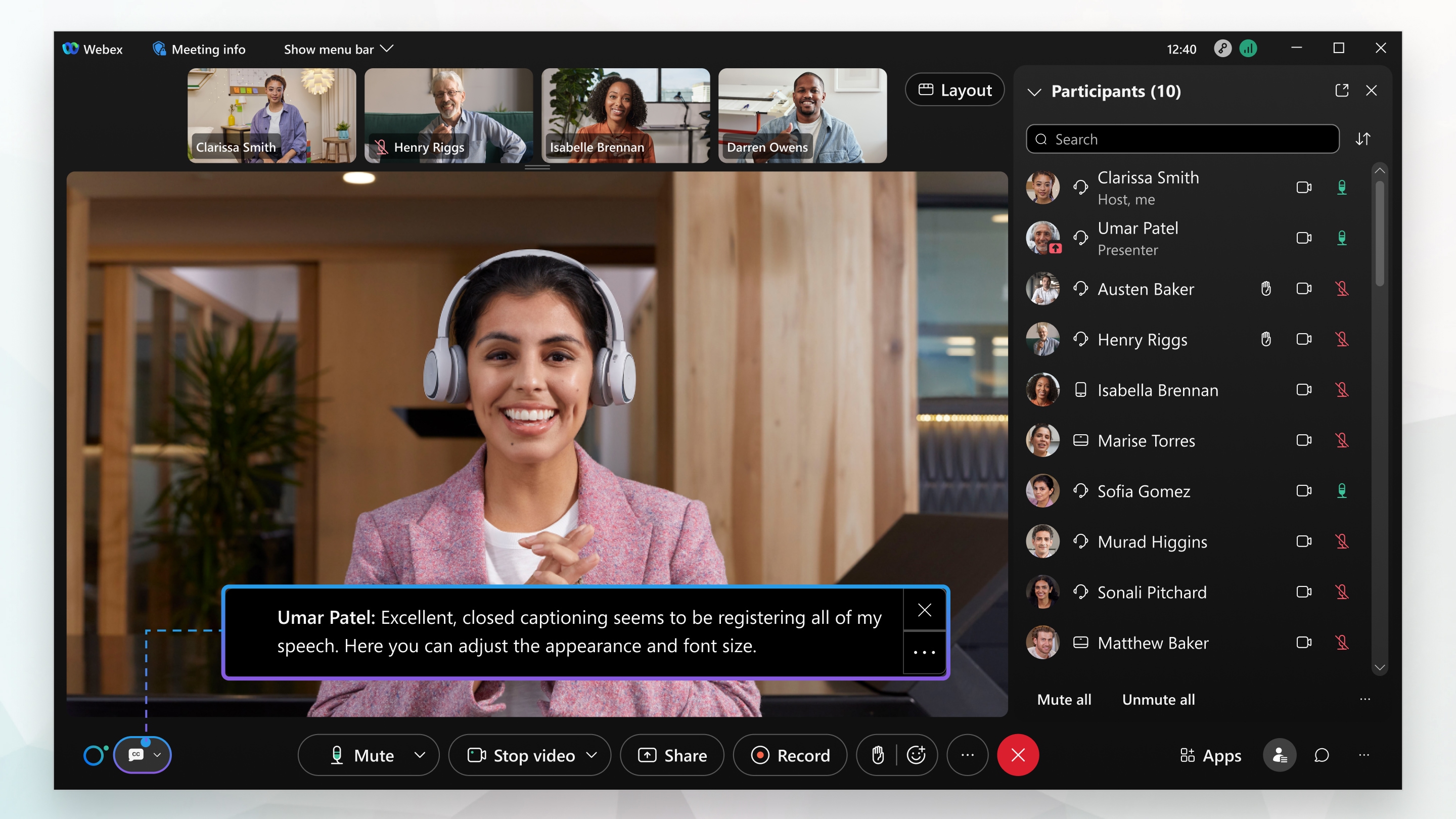



On the other hand, Closed Captions function by recreating on-screen dialogue and narration, describing background noise and sound, and even telling viewers the tone of the characters. The TV subtitles show a text version of the characters’ dialogue while they display it on the screen, translated or not. While closely related, they are two different TV tools, serving different purposes. Most TV users confuse closed captioned (CC) and subtitles. In this post, you will learn how to turn off subtitles on TV What is the Difference Between Closed Captioned and Subtitles? Turning the subtitles off on your TV is a walk in the park and is possible on most contemporary TV models including the best TVs. Subtitles can be distracting, especially if they get in the way of your programming or you simply don’t need them. If you are using a streaming service or input devices such as Blu-ray or DVD player, you’ll also need to turn subtitles off from the disc menu of your devices.TV subtitles, also known as Closed Captions, were first commissioned by the U.S FCC (Federal Communications Commission in 1993) to favor hard-of-hearing TV viewers and users.Subtitles are captions that are displayed at the bottom of the television screen translating or transcribing character dialogue or narrative.


 0 kommentar(er)
0 kommentar(er)
